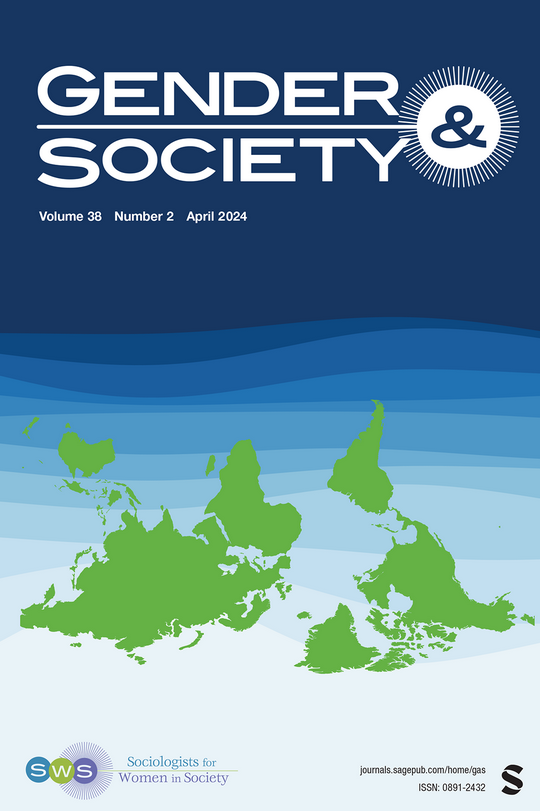Mobility for What? Space, Time, Labor, and Gender in South Asia
IF 7.2
1区 社会学
Q1 SOCIOLOGY
引用次数: 0
Abstract
Questions about women’s safety have gained importance in both India and Pakistan, as gendered and sexual violence in public spaces has risen. This motivates questions about the presence and mobility of women in public spaces in South Asia and their determinants. In this paper, we extend feminist scholarship on space and time, social reproduction, classical patriarchy, and the everyday by unpacking the concept of mobility into two new categories: instrumental and substantive mobility. We use these categories to dig deeper into spatial and temporal patterns of women’s mobility at the national level. Our regression models and tempograms based on nationally representative time-use surveys show that women’s presence in public spaces remains abysmally low in both countries. It increases only temporarily with travel for paid/unpaid labor and education in instrumental ways. However, any mobility that breaks the temporal rhythm of the everyday or norms governing space and time is rarely observed. Our analysis also shows that these mobilities are also affected by social contexts such as marriage, class, and caste, among others. Also, despite popular perceptions, we find no substantial differences in the mobility patterns for women in the two countries. This paper makes a case for reassessing interactions between neoliberal economic regimes and classical patriarchy and how “power geometries” of space, time, and social reproduction impact women’s mobilities in South Asia.流动为了什么?南亚的空间、时间、劳动和性别
随着公共场所性别暴力和性暴力的增加,有关妇女安全的问题在印度和巴基斯坦都变得越来越重要。这促使人们对南亚妇女在公共场所的存在和流动性及其决定因素产生疑问。在本文中,我们将流动性的概念拆解为两个新的类别:工具性流动性和实质性流动性,从而扩展了女权主义在空间和时间、社会再生产、传统父权制和日常生活方面的学术研究。我们利用这些类别来深入研究全国范围内妇女流动的空间和时间模式。我们根据具有全国代表性的时间使用调查建立的回归模型和温度图显示,在这两个国家,妇女在公共空间的存在率仍然低得可怜。只是随着有偿/无偿劳动和工具性教育的出行,女性在公共场所的出现率才会暂时上升。然而,任何打破日常时间节奏或空间和时间规范的流动都很少被观察到。我们的分析还表明,这些流动还受到婚姻、阶级和种姓等社会环境的影响。此外,尽管人们普遍认为,两国妇女的流动模式并无实质性差异。本文为重新评估新自由主义经济制度与传统父权制之间的相互作用,以及空间、时间和社会再生产的 "权力几何 "如何影响南亚妇女的流动性提供了论据。
本文章由计算机程序翻译,如有差异,请以英文原文为准。
求助全文
约1分钟内获得全文
求助全文
来源期刊

Gender & Society
Multiple-
CiteScore
9.70
自引率
3.60%
发文量
78
期刊介绍:
Gender & Society promotes feminist scholarship and the social scientific study of gender. Gender & Society publishes theoretically engaged and methodologically rigorous articles that make original contributions to gender theory. The journal takes a multidisciplinary, intersectional, and global approach to gender analyses.
 求助内容:
求助内容: 应助结果提醒方式:
应助结果提醒方式:


